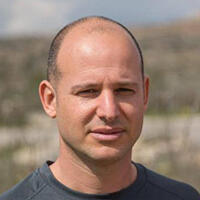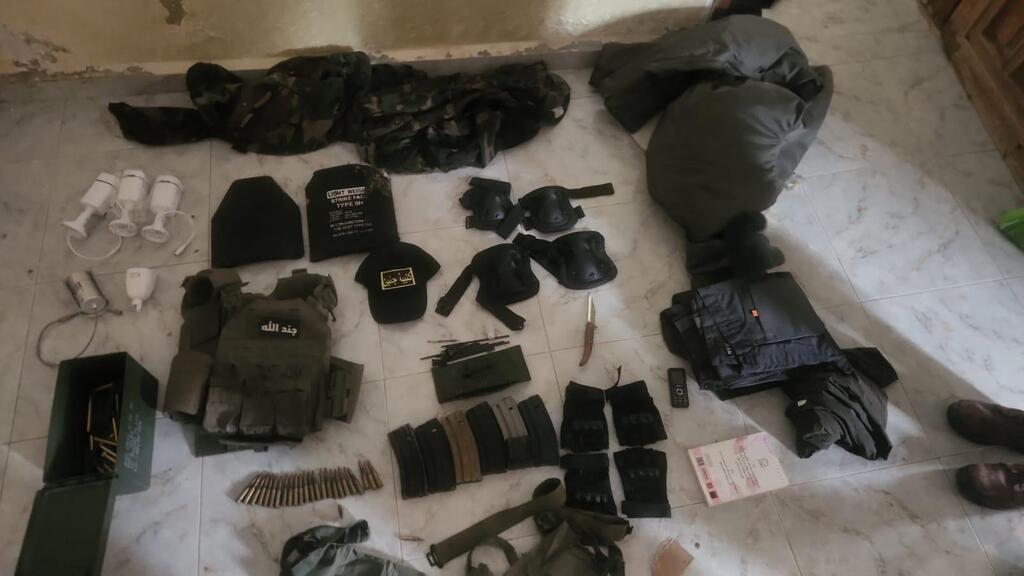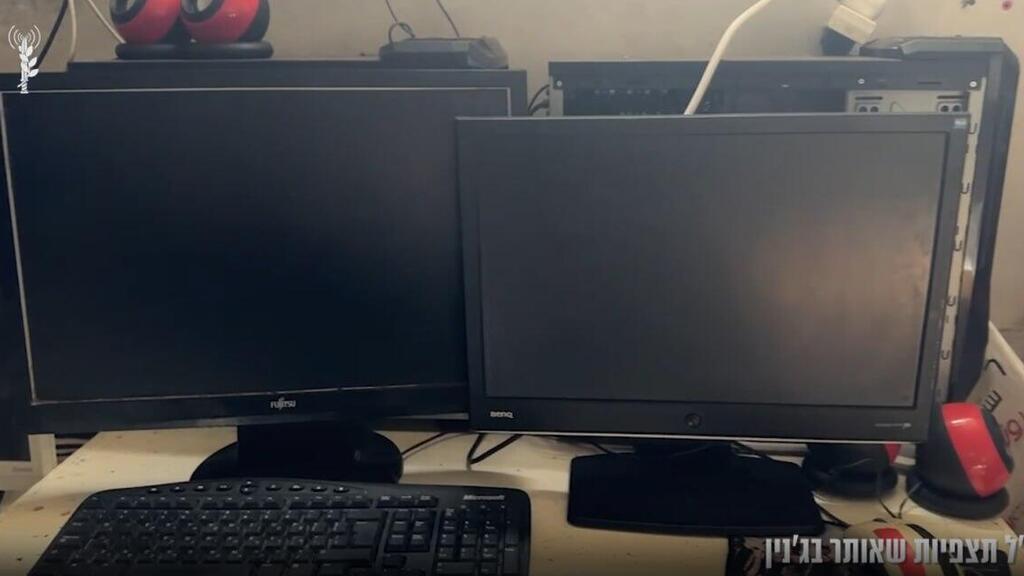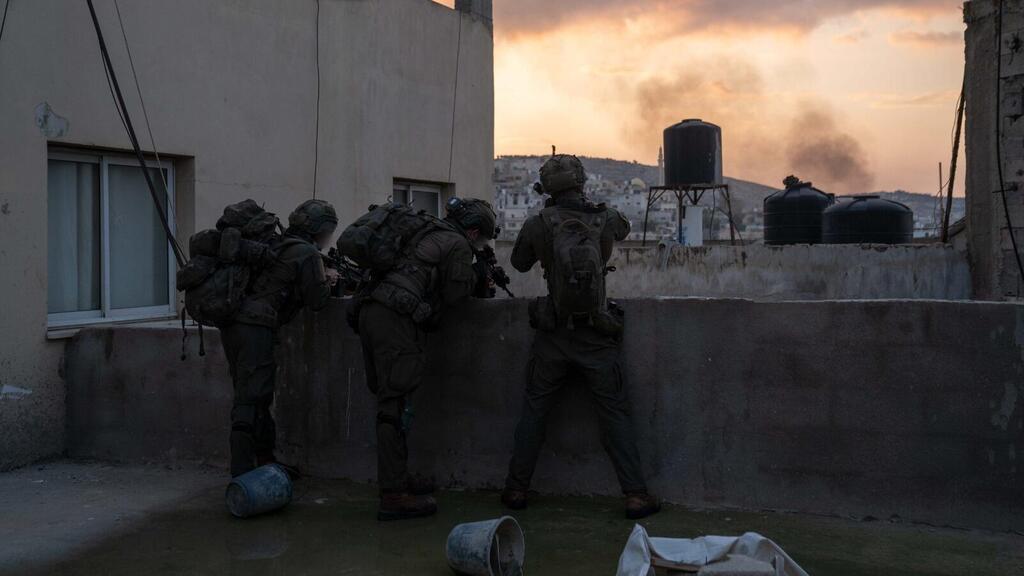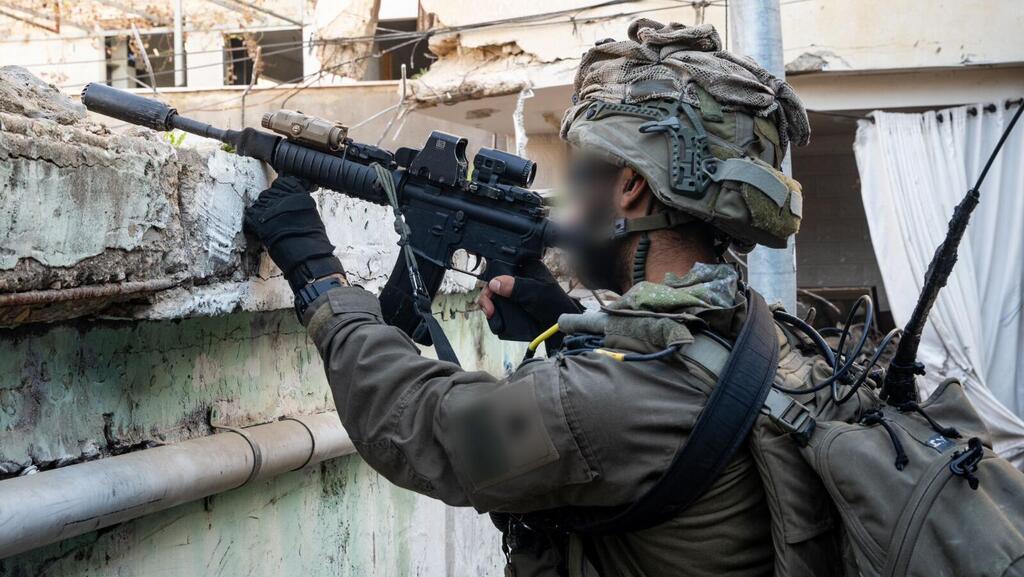Security forces expanded their West Bank counterterror operations on Monday to the Palestinian town of Tulkarm, where Hamas terror cell leader Ihab Abu Atiyya was killed in an airstrike.
In a tour of the Jenin refugee camp, the extensive destruction from the operation is evident. The camp is now in ruins, with D9 bulldozers visible from afar. Most residents have left and security officials stressed the military allowed them to leave via designated routes.
IDF operations in Jenin
(Video: IDF Spokesperson's Unit)
"Large forces are currently operating in the camp during the initial stages of the operation, which will continue indefinitely," the IDF said in a statement. "This comes after dozens of operations in Tulkarm, Nur al-Shams and Jenin since the start of the war, aimed at dismantling terror infrastructures."
So far, 15 terrorists have been killed, over 40 injured and more than 35 Palestinians have been detained for questioning. Forces have destroyed several booby-trapped apartments and command centers and continue to search for weapons, explosives labs and terror hideouts. IDF Combat Engineering Corps units are clearing pathways around the camp.
A security source said that approximately 60 buildings in the camp were demolished in the past week. "Opening a 450-meter route in such dense terrain takes nearly two days," they explained, noting the challenges of operating in such conditions.
Col. A, a brigade commander who was moderately injured last month in an explosion in Tulkarm, said, "The difference in this operation lies in the mission: completely neutralizing the Jenin battalion. We have the resources, forces and firepower needed, as well as the time it requires."
"We started the operation with tactical ingenuity, applying pressure on terrorists in the camp's center, eliminating those who remain and intercepting escapees with intelligence-backed special forces,” he added.
Senior IDF Central Command officials suggested the operation might last months to fully dismantle the battalion, which has become a symbol in the West Bank, drawing both fleeing terrorists and significant funding from Iran and other sources via Hamas.
During the tour, Lt. Col. D, commander of an IDF reconnaissance Unit, presented a room containing weapons and improvised explosive devices (IEDs) connected to gas canisters. "Something that looks like a child’s wardrobe conceals a hole leading to a hidden shaft where terrorists stored arms," he explained.
"The room also contained a surveillance command center equipped with computers monitoring our forces’ movements through cameras installed in the camp,” he added.
Get the Ynetnews app on your smartphone: Google Play: https://bit.ly/4eJ37pE | Apple App Store: https://bit.ly/3ZL7iNv
Outside another room, forces discovered additional ready-to-use explosives and a vehicle rigged as a car bomb. A soldier described these IEDs as "dangerously unstable but highly lethal," adding they are often transported to other areas and used on roads near settlements.
The operation involves units from various IDF combat infantry units, Border Police units, UAV operators and attack helicopters when needed. However, the mission has not been without cost. A recent incident saw three Egoz Brigade soldiers injured, one critically, in a shooting incident still under investigation.



